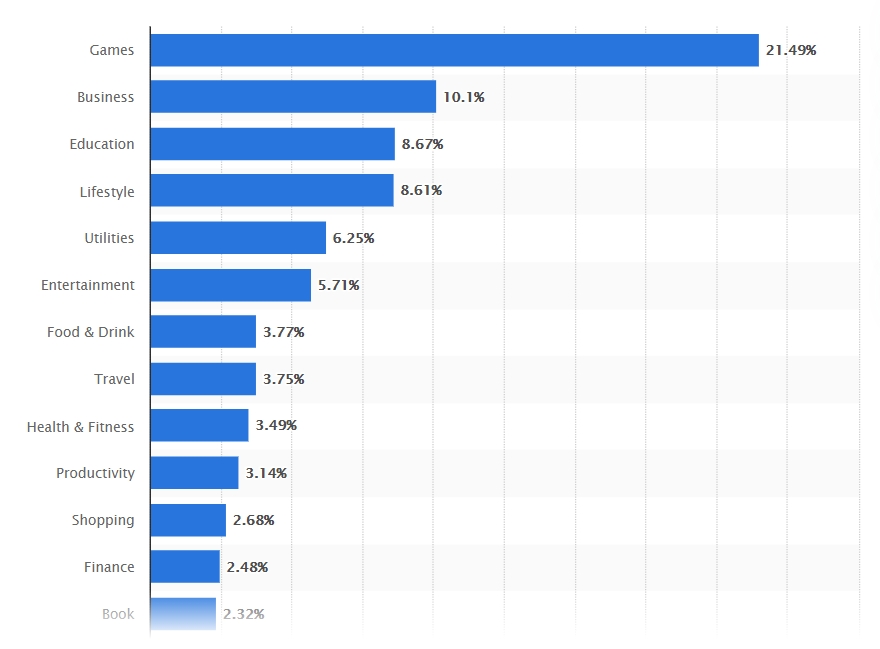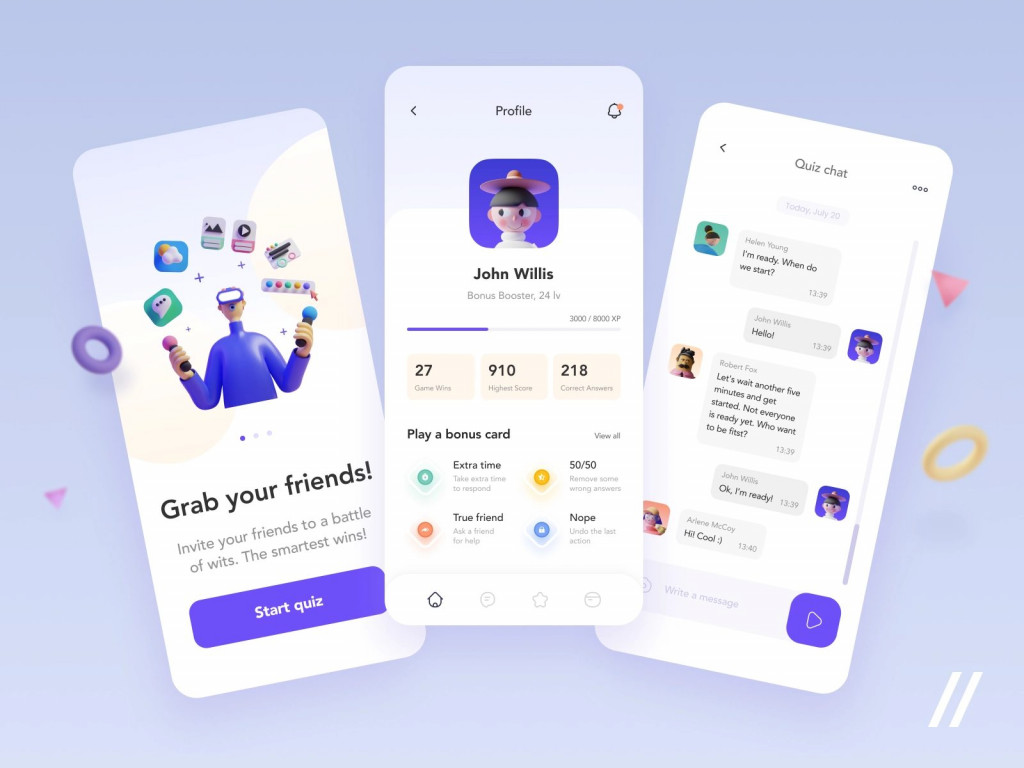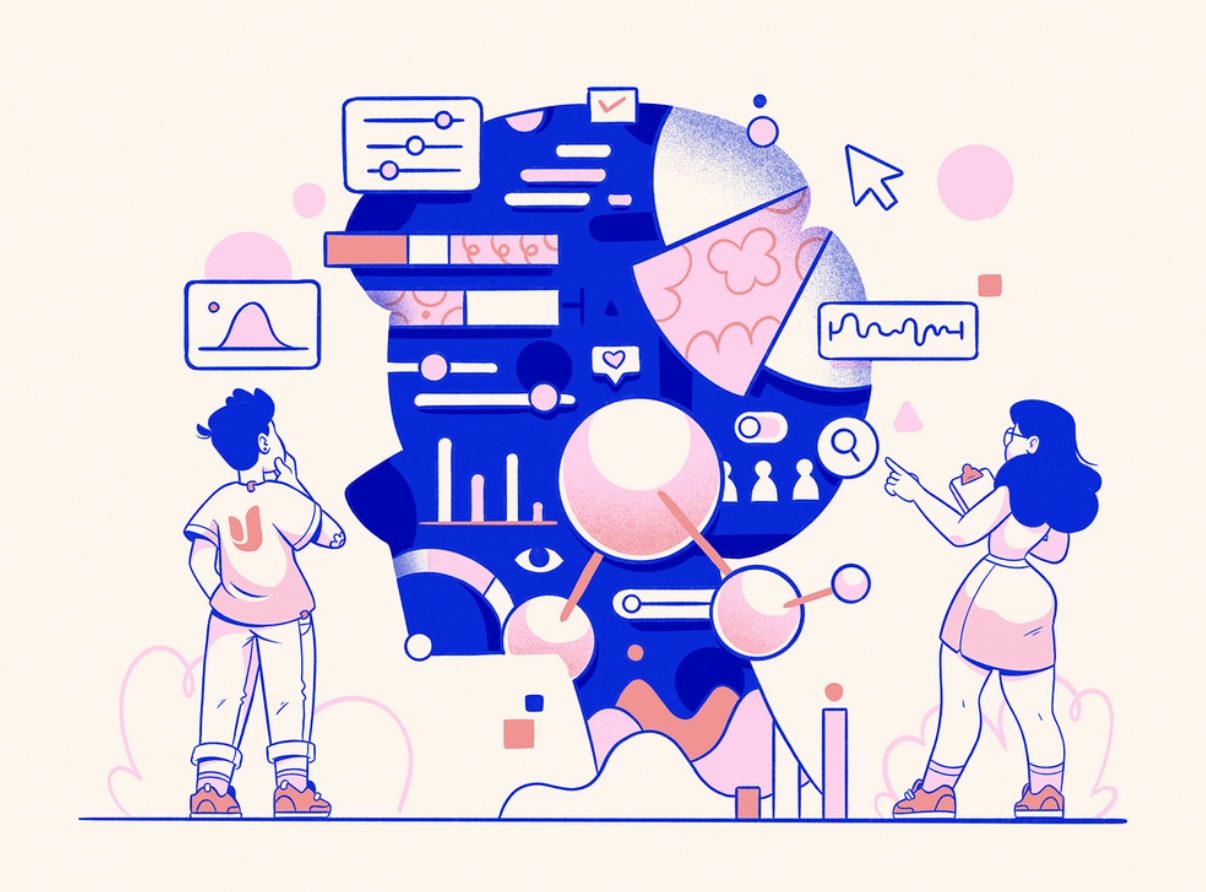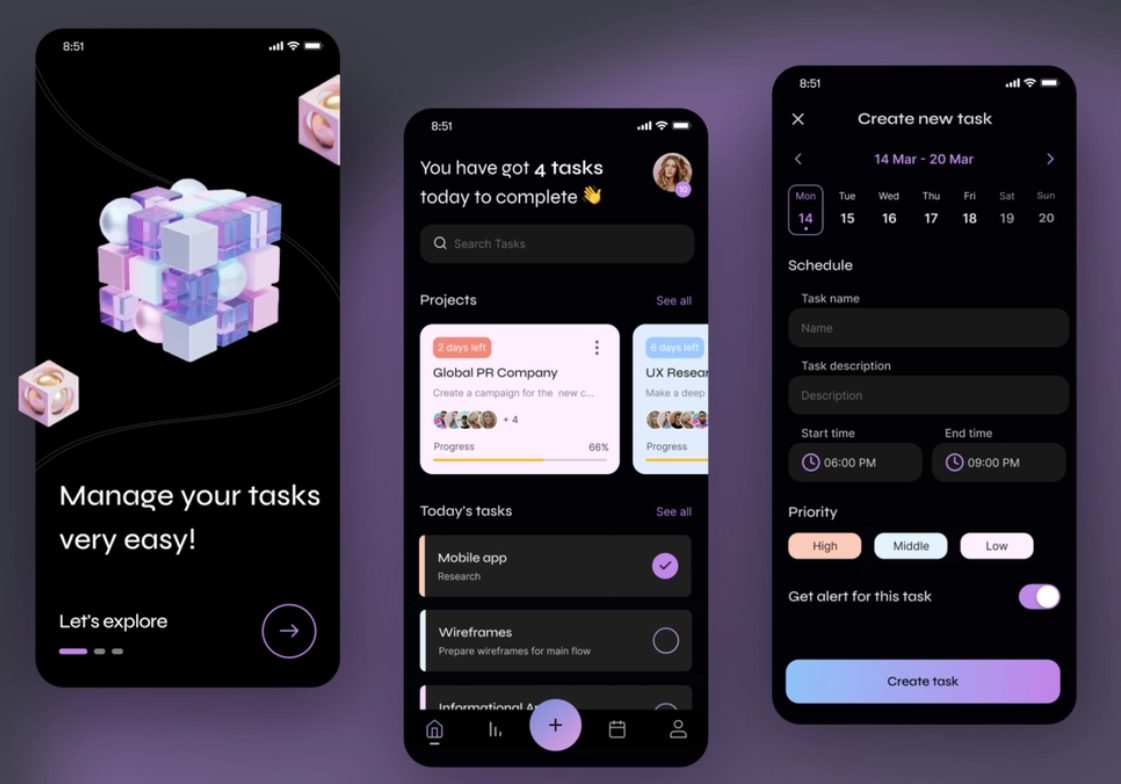Millions of modern apps are there on the App Store or Google Play. Nowadays, making your app helpful and usable is not enough. You need something more. How about gamification in UX? Learn tips and insights from a ui/ux agency.

Users love games. You probably love games, too. Remember the good old Snake or Doodle Jump? Feeling a rush of pleasant nostalgia, yeah?
Try implementing gamification in your app or website to get more loyalty and interest from users. Give your customers rewards for different achievements, let them share their results on social networks, and compete with other customers.

Gamification in UX can be an excellent tool for your platform.
Let’s break down the process of UX gamification and why it has become so popular for UX.
What is gamification in UX?
Gamification in UX is the process when you introduce interactive elements in your UX and encourage the user to interact with your resource in a game format. It is an original way to attract your target audience and make your app or website more engaging for users.
You’d be surprised how different companies choose to incorporate gamification into their apps. Among them are banks, health tracking apps, online stores, and even food delivery services. This tool doesn’t limit a company’s scope.
Analyze your competitors, and if none of them are still using gamification, then you may well be able to break into the leaders in your niche by using gamification in UI UX design.
Users like to have a clear goal and get rewarded for it, even if it’s not material. Get your users interested in creating a game website within your platform, and you will get a noticeable result.
How does the UX improve when game elements are involved?
Thanks to gamification in UX, you can stimulate users to perform the actions you need. Try a new app functionality, share a link with a friend, or fill in all the fields in the questionnaire.
UX design gamification makes it more lively and exciting for users. The user will remember the interaction with your website or application, and they are more likely to become your regular customers.
Besides, gamification is quite widespread in modern UI/UX. Some users are already so used to it that its absence on all websites surprises them. So you should live up to your customer’s expectations and implement gamification. You don’t have to build your entire user interaction with your application on this tool. You can implement individual elements. Let’s take a look at the most popular gamification design examples in this article.
Types of game mechanics for UX improvement
Designers use different mechanics to incorporate gamification into an app or website. They differ in difficulty level. You can start with more straightforward tasks if you lack the experience to handle more complex ones. Pay attention to these 10 popular UX design gamification instances of mechanics.
Badges & stickers
People love rewards for their activities. Badges and stickers for completing tasks can motivate the lion’s share of users to use your app more actively. The more exciting and challenging it is to get a sticker, the more customers will appreciate it.

Progress bars
Allow users to track their progress in real-time mode. Implement a progress bar element in the gamification user experience to see how their actions affect their progress in different areas. It can be a separate progress bar for each sticker achievement or an overall measure of user success within your app.

Leaderboards
An element of competition with friends can make interaction with your app even more interesting and brighter for users. It’s a bit complicated UX design gamification mechanic, but your customers will love it.
Give users the option to add their contacts as friends to track overall progress and see who is in what place in the success ranking. Great move!

Points
Ten points for Slytherin… sorry, for Gryffindor! Perhaps the points added to a virtual or bonus account are one of the simplest mechanics you can implement as part of the gamification process. For every action within the system, give users some points.
It’s so simple and exciting that it can inspire users to engage more with your app. For example, you can give a point per day when a user logs in.

Journey
Turn the whole process of user interaction with your platform into an exciting journey with different stages. From stage to stage, you can add opportunities to get new achievements, score more points, and change the design of the site pages or application screens. Give the user the feeling of participating in an exciting story and being its main character.

Constraints
Limit the time to complete specific tasks to add intrigue and tension to the user’s interaction with the app. This way, you can evoke additional emotions and create the effect of a real game. For many people in the world, time constraints serve as an excellent motivator that can speed them up considerably.
Illustration by Darya Bohushynska
Healthy competition
You can allow users to compete with their contacts and with all users of your app. To do this, you need to create a general rating so that each user has their place in this system. The more points you accumulate, the higher in the ranking you become.

Rewards & achievements
In addition to badges and stickers, you can provide other rewards for users’ achievements in gamification. It can be unique features of the app, discounts, collectible rewards, and other fun elements that you can think of.

Challenge
A situational challenge can increase interest in the app among those users who have already forgotten about you. Offer your customers the idea of a challenge and limit its execution time by promising to draw a prize among all those who fulfill the conditions.
It doesn’t have to be a tangible prize. Some users will be happy to participate in the challenge just for a collectible sticker.

Social interactions
Users love it when their friends praise them for their achievements. Provide opportunities to share badges, awards, and stickers from the app on social networks. That way, you can make your users happy and get their friends’ attention to your project. It is a great way to get free native advertising on social networks.

The role of gamification in UX design
Designers use gamification in UI UX to solve a lot of challenges and problems. If you find the right mechanics for your app and audience, you get an excellent tool to increase user engagement. A great way to reach your promotional goals! Well, this way, UX gamification helps increase your brand awareness and sales.
Gamification makes the interaction with the app much more interesting and fun. Healthy competition, live excitement, and human curiosity demand that you incorporate gamification into your product design or UX design! It works exceptionally well with UX for startups to make a lasting impression.
People like fun, rewards, points, and the ability to share results with their friends. Also, the UX gamification design examples we talked about above can motivate users to interact with your app more often.
Conclusion
Gamification in UX design gives you the ability to influence users’ emotions and create the appropriate mood. It is a powerful tool in experienced hands.
If you lack experience implementing gamification UX design or want to know how to use gamification to improve UX, Fireart Studio’s experts in web design services are ready to help you with this task.






















